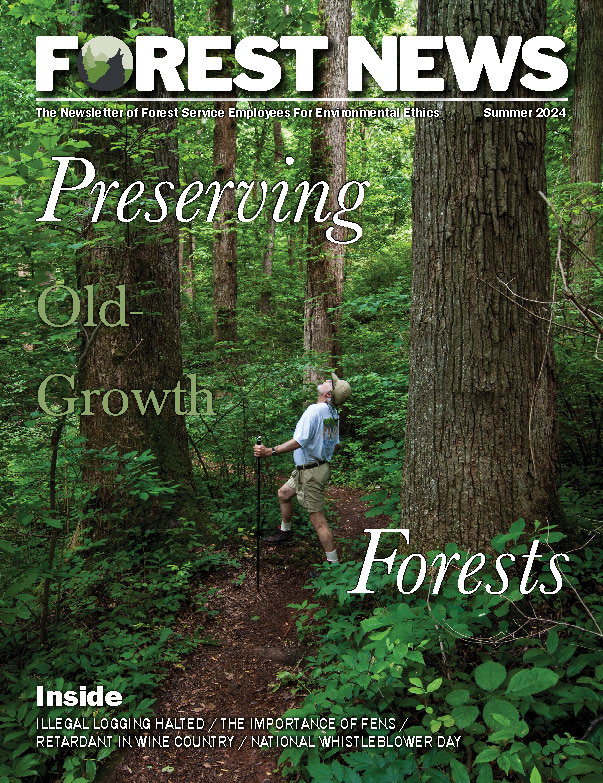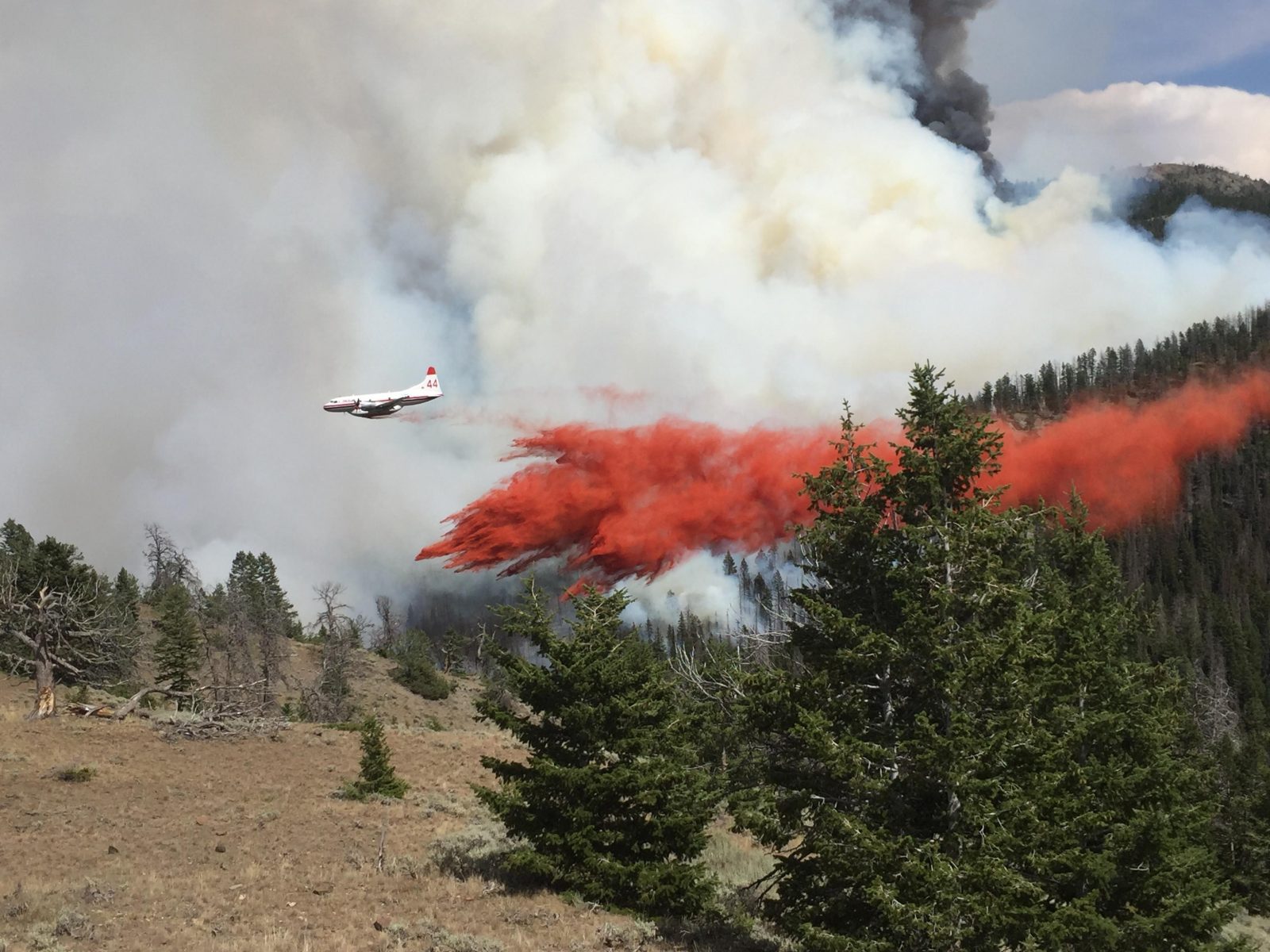
by FSEEE | Sep 30, 2021 | FSEEE in the News
Autumn Spanne with Environmental Health News recently spoke with FSEEE Executive Director Andy Stahl about the increasing use of fire retardant in the western U.S. Spanne’s article cites a significant increase in aerial wildfire retardant use — 90 million...
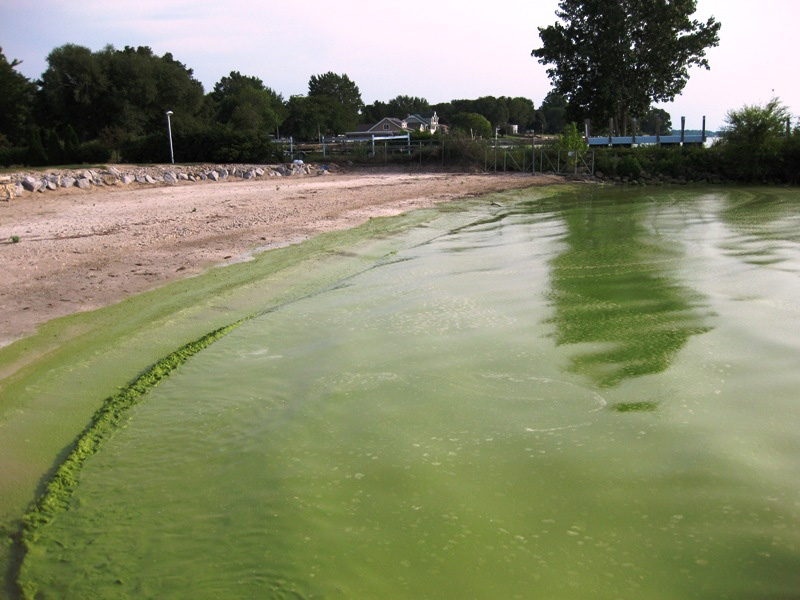
by FSEEE | Aug 24, 2021 | FSEEE in the News
Authorities are looking at toxic algae as a likely cause in the mysterious deaths of a family and their dog while hiking in the Sierra National Forest. The family was reported missing when they failed to return home, and their bodies were discovered the next day. The...
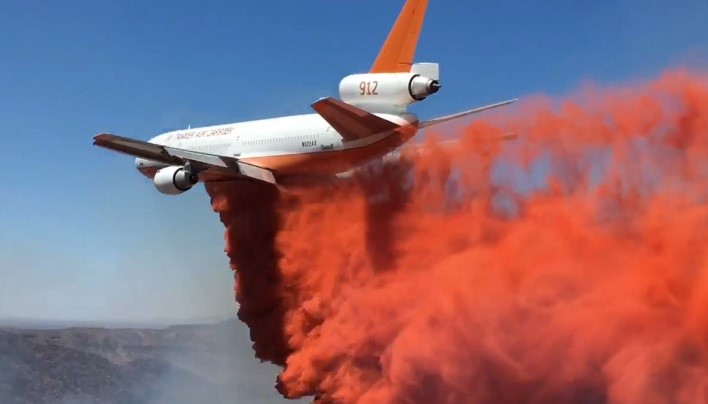
by FSEEE | Jun 28, 2019 | FSEEE in the News
In 2012, the Forest Service launched a study called “Aerial Firefighting Use and Effectiveness.” The purpose was to provide an objective analysis of whether using aircraft to fight wildfires actually works. Nearly eight years later, we’re still waiting for an answer....
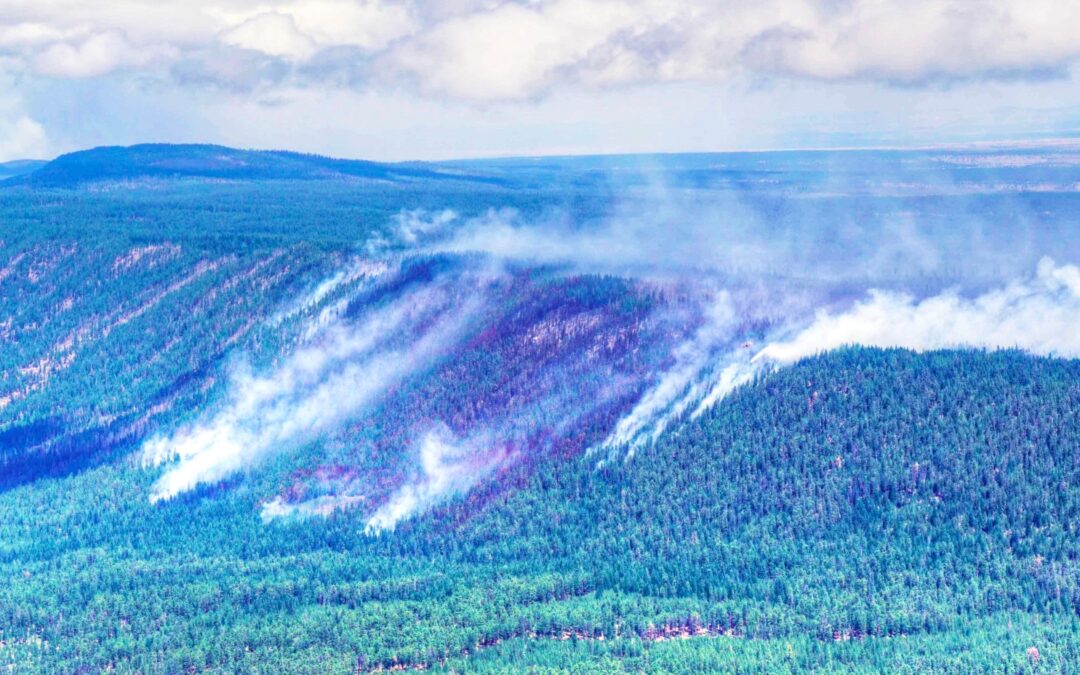
by FSEEE | Jul 18, 2024 | Briefly, Fire Truth
The Darlene 3 Fire started Tuesday, June 25, a mile from the town of La Pine, Oregon, near Bend. Writing for the Capital Press, Morgan Owen and Michael Kohn reported that firefighters responded quickly, establishing “a full perimeter line around the fire Tuesday...

by FSEEE | Jun 24, 2020 | Fire Truth, FSEEE in the News
By Tony Davis in The Arizona Daily Star — From the stark, deeply incised rock face of Pusch Ridge to the spruce-lined top of Mount Lemmon, one color seems to have dominated the two-week battle of the Bighorn Fire: Flaming, searing red — maybe a cross between the hues...

by FSEEE | Sep 7, 2017 | FSEEE in the News
For the past several days, smoke has engulfed much of Oregon’s Willamette Valley, prompting residents to don facemasks and look longingly at forecasts for signs of cooler weather and cleansing winds. An active fire season in the state, and across much of the West, has...
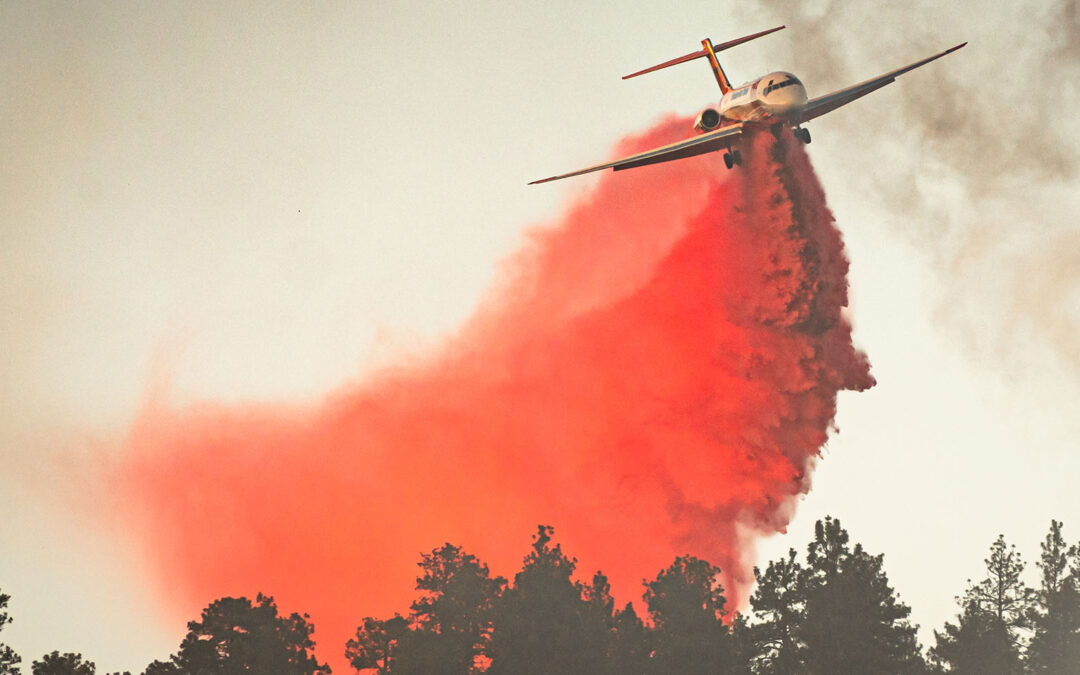
by FSEEE | May 30, 2023 | Fire Truth, Victories
U.S. District Judge Dana Christensen ruled in our favor in our lawsuit challenging Forest Service use of aerial fire retardant, affirming that dumping the toxic slurry into water violates the Clean Water Act and that the Forest Service must acquire a Clean Water Act...

by FSEEE | Apr 29, 2023 | FSEEE in the News
Peter O’Dowd recently interviewed FSEEE Executive Director Andy Stahl about our aerial fire retardant lawsuit on Here & Now, a live news broadcast produced by National Public Radio and Boston radio station WBUR. The Forest Service admits that its use of fire...
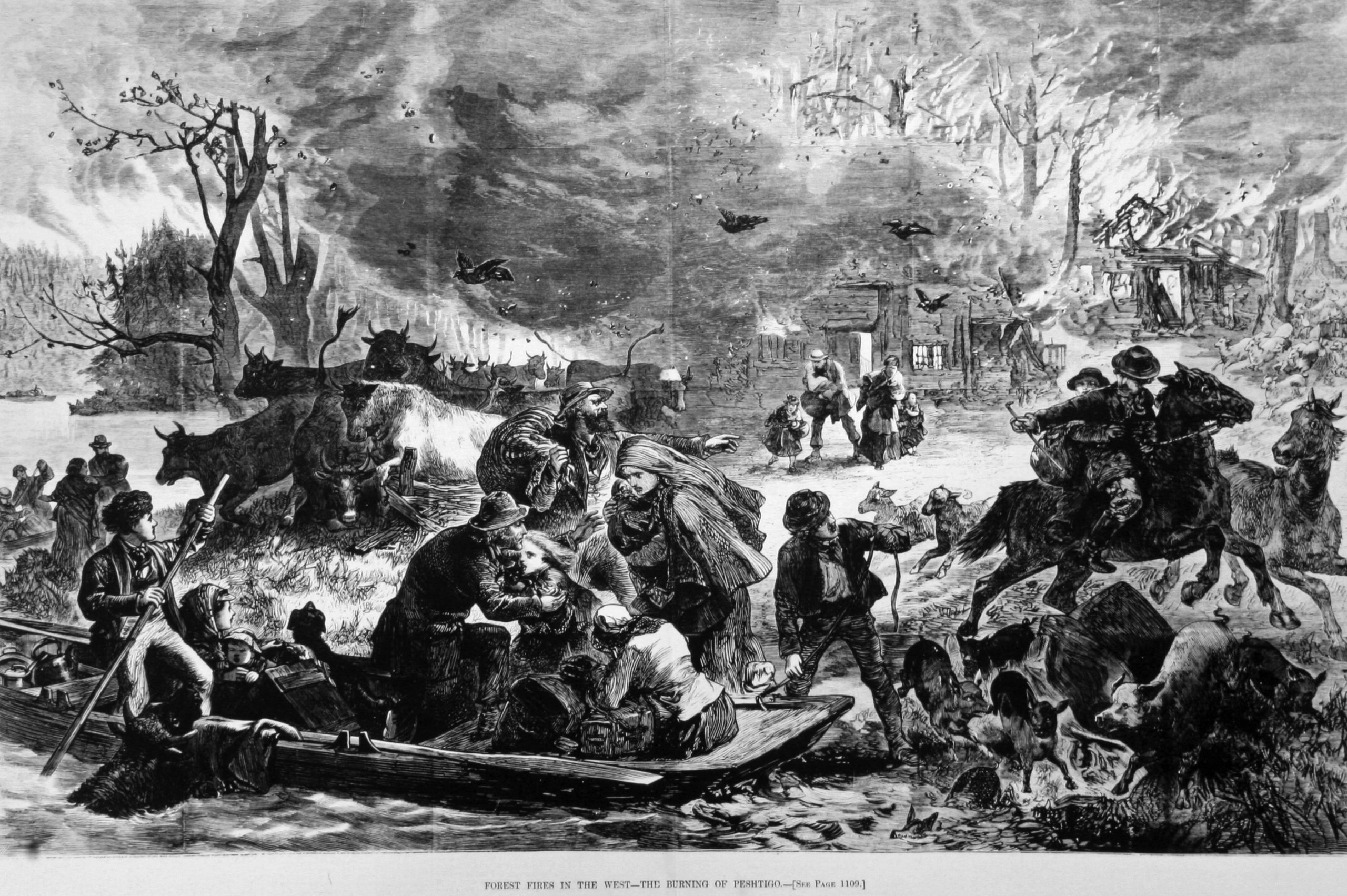
by Joe Stone | Dec 12, 2022 | Fire Truth, In Depth
On the night of October 8, 1871, in Peshtigo, Wisconsin, “all hell rode into town on the back of a wind.” In two hours, the Peshtigo Fire decimated a swath of forest 10 miles wide by 40 miles long and obliterated the towns of Peshtigo and Brussels in northeastern...
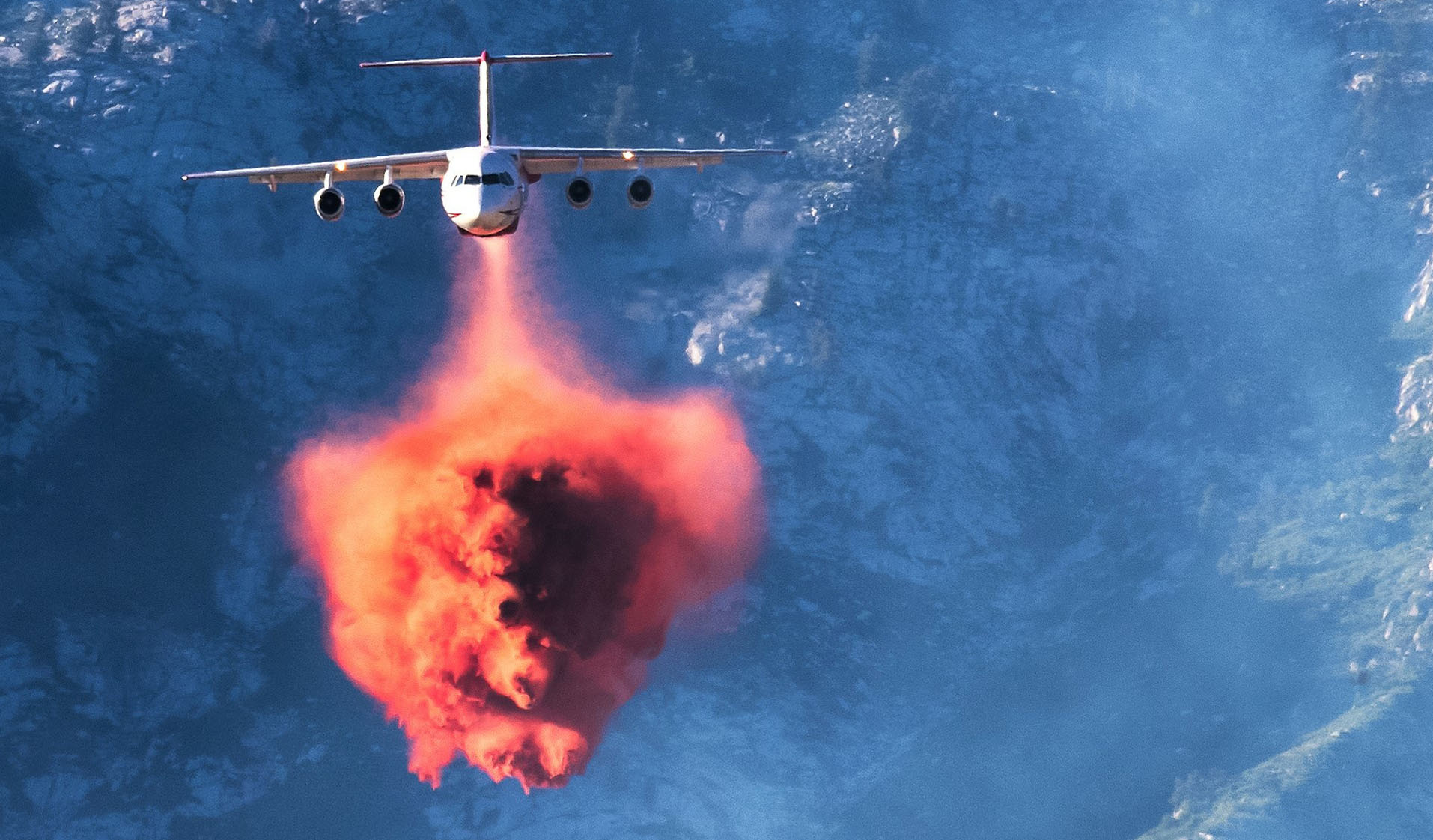
by FSEEE | Oct 25, 2022 | FSEEE in the News
Our fire retardant lawsuit against the Forest Service continues to attract media attention. Today, Oct. 25, Dave Miller interviewed FSEEE Executive Director Andy Stahl for Think Out Loud, a live radio program produced by Oregon Public Broadcasting. Our lawsuit is...












